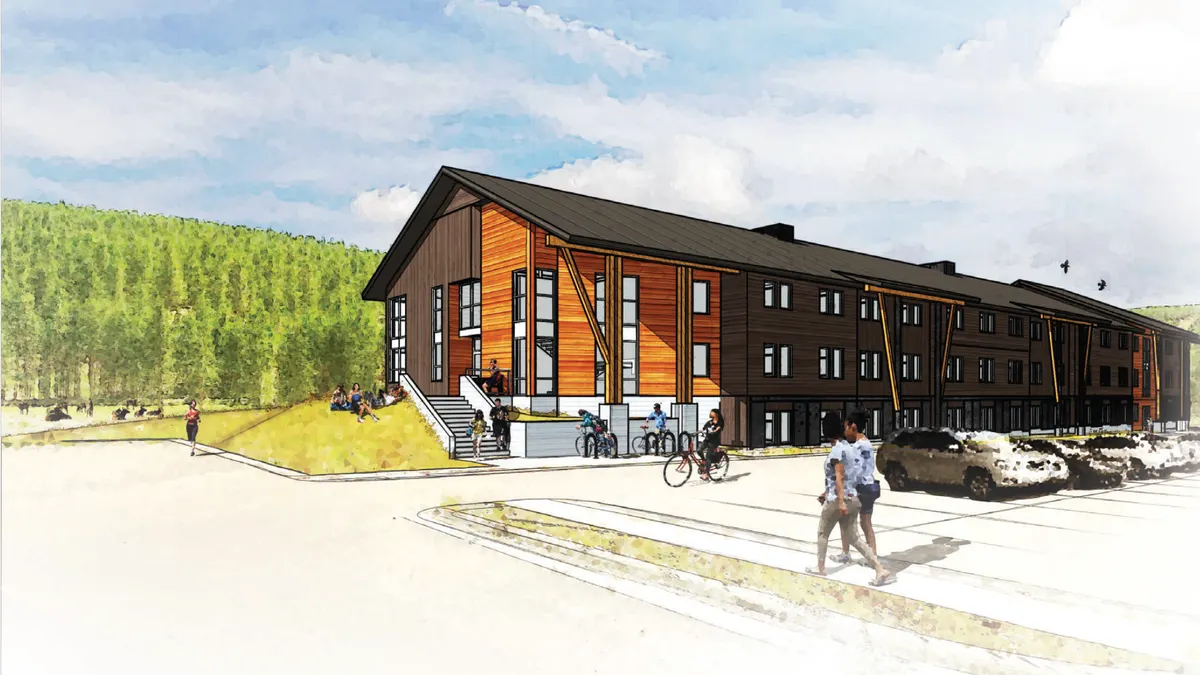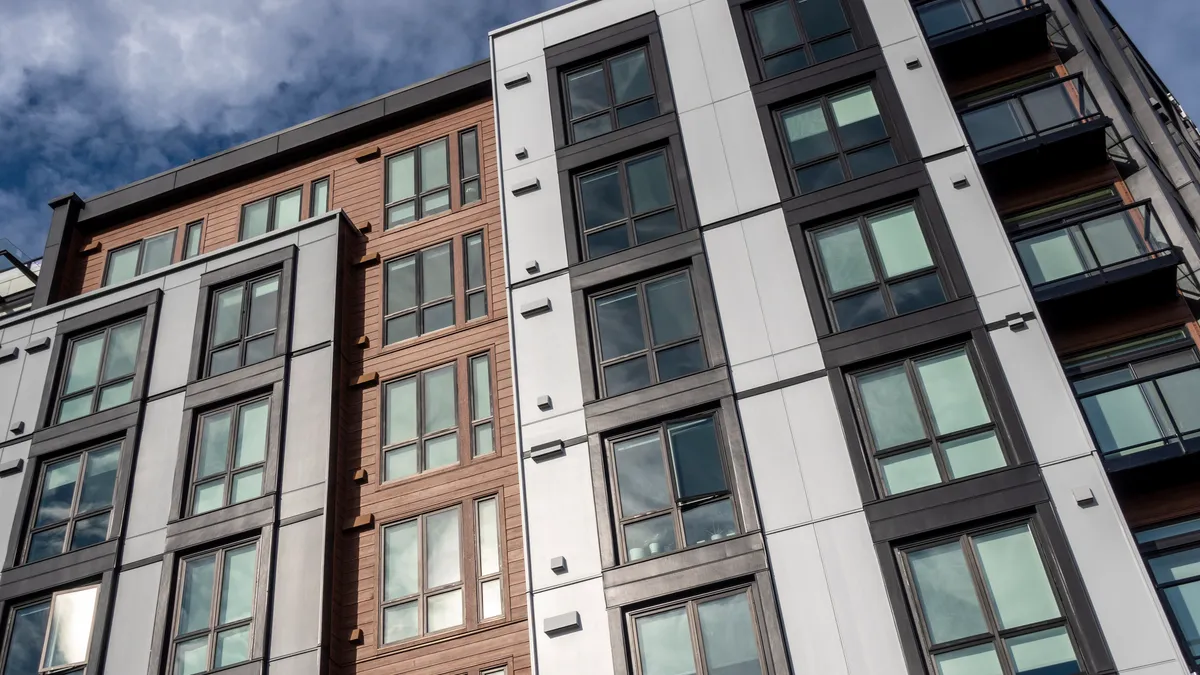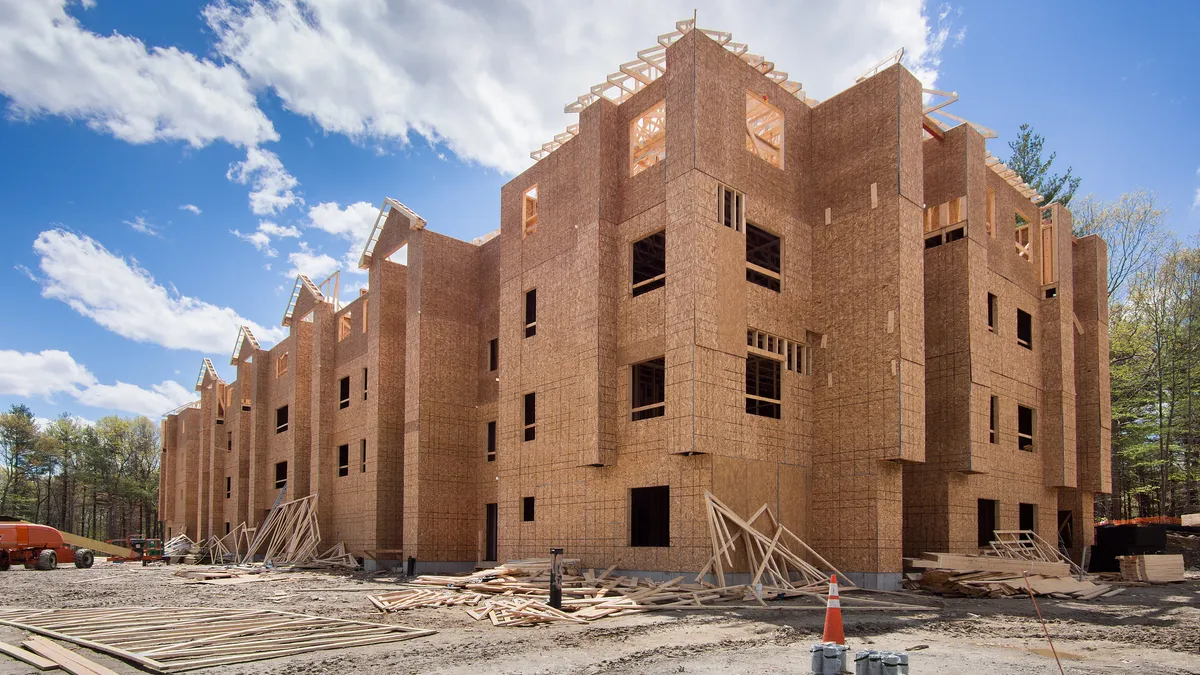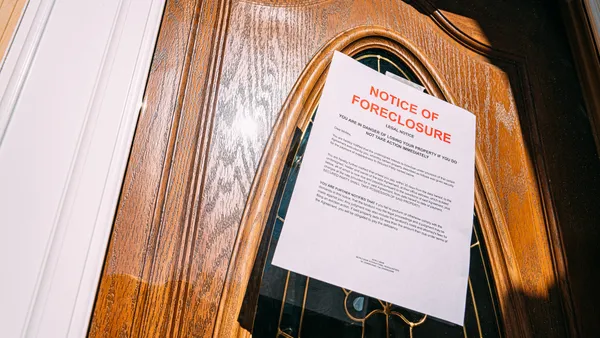As highly leveraged private buyers and private REITs, like New York–based Blackstone’s BREIT, dominated the apartment market over the past couple of years, the public REITs took a bit of a backseat.
But as interest rates have risen, the tables have turned. Investors that relied on leverage fell back from the market as some lending sources disappeared and the cost of debt rose. As many of these private buyers focus on refinancing their properties, with $249 billion in total debt coming due in the next two years, according to Cushman & Wakefield, public REITs are well positioned with lower leverage and access to capital.
“Their balance sheets are in good shape and can give them a buffer in uncertain times because cash flows are going to be declining,” said Haendel St. Juste, managing director of REITs for investment bank Mizuho Securities.
But it won’t be completely smooth sailing for the REITs this year. As the calendar turns to 2023, here are three questions surrounding the REITs.
Will REITs step into the void in the market?
With many private buyers dropping out of the market, the stage would seem to be set for public apartment REITs to get aggressive.
“I think [public] apartment REITs could be opportunistic buyers because they have lower leverage and the ability to access capital at better terms than private players,” St. Juste said.
But they might not be ready to jump in yet. “They’ve put those plans on hold because pricing isn’t exactly clear, and there's a sense of why buy now when you can get a better price later,” St Juste said.
But that could soon change as sellers become motivated. The large number of apartments built in many Southeastern cities could provide buying opportunities for companies like Memphis-based REIT MAA. In addition, REITs like Arlington, Virginia–based AvalonBay Communities and Chicago-based Equity Residential have ambitions of growing in the region.
“I think you will see, as you get into next year, a number of these merchant developers will need to transact,” said Brad Hill, executive vice president and chief investment officer at MAA on the company’s third-quarter earnings call.
Will the late 2022 deceleration continue?
Like many apartment owners around the country, REITs saw a slowdown in the last half of 2022. Occupancies for the country’s 13 major REITs posted a weighted average decline of 0.61% from 2022's third quarter, according to Trepp. Although rents rose 13.05% for the group, much of that growth occurred earlier in the year, analysts saw some softness and expect fourth-quarter numbers (coming in early February) to show more weakness. As 2023 begins, they wonder if it was the typical seasonal slowdown or the start of consumers unwilling or unable to pay higher rents.
“It’s really defined by the dropoff in demand — i.e. jobs from October to December — and supply continues to be delivered during that period of time. And so, that causes the seasonal slowdown,” said Michael Schall, the president and CEO of Palo Alto, California–based REIT Essex Property Trust on the company’s third-quarter earnings call.
Even if the decline is related to normal seasonality, recent tech company layoffs are hitting REIT strongholds like San Francisco and Seattle very hard.
“The bulk of the layoffs have been in the coastal markets,” said Alexander Goldfarb, managing director and senior research analyst of REITs at investment bank and financial services company Piper Sandler & Co. “And obviously that's not good [for the REITs].”
Are they prepared for a downturn?
Over the last few years, the public REITs have positioned themselves for a potential downturn by having “incredible expense discipline,” according to Goldfarb.
“The REITs are trying to do everything they can to streamline replacement parts, to streamline work processes and to streamline leasing,” Goldfarb said. “That has been going on for the past decade.”
A big part of that is technology. The public REITs invested in systems that can help reduce headcount by sharing personnel costs across multiple properties, like AvalonBay’s 238-unit Kanso Twinbrook property in Rockville, Maryland, which has no staffers on site.
To run these properties, REITs have adopted virtual leasing and technologies that allow residents to request service through apps — freeing up on-site associates for other tasks. “All of these guys have been talking about using technology to leverage or offset the cost pressures,” St. Juste said.
But there is only so much they can do. Goldfarb said utilities and insurance increases are creating “a huge pressure point,” but those aren’t the only increases REITs face.
“What they’re facing now with labor, utilities, insurance and real estate taxes is beyond their control,” he said.
Click here to sign up to receive multifamily and apartment news like this article in your inbox every weekday.

















